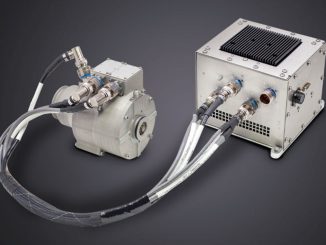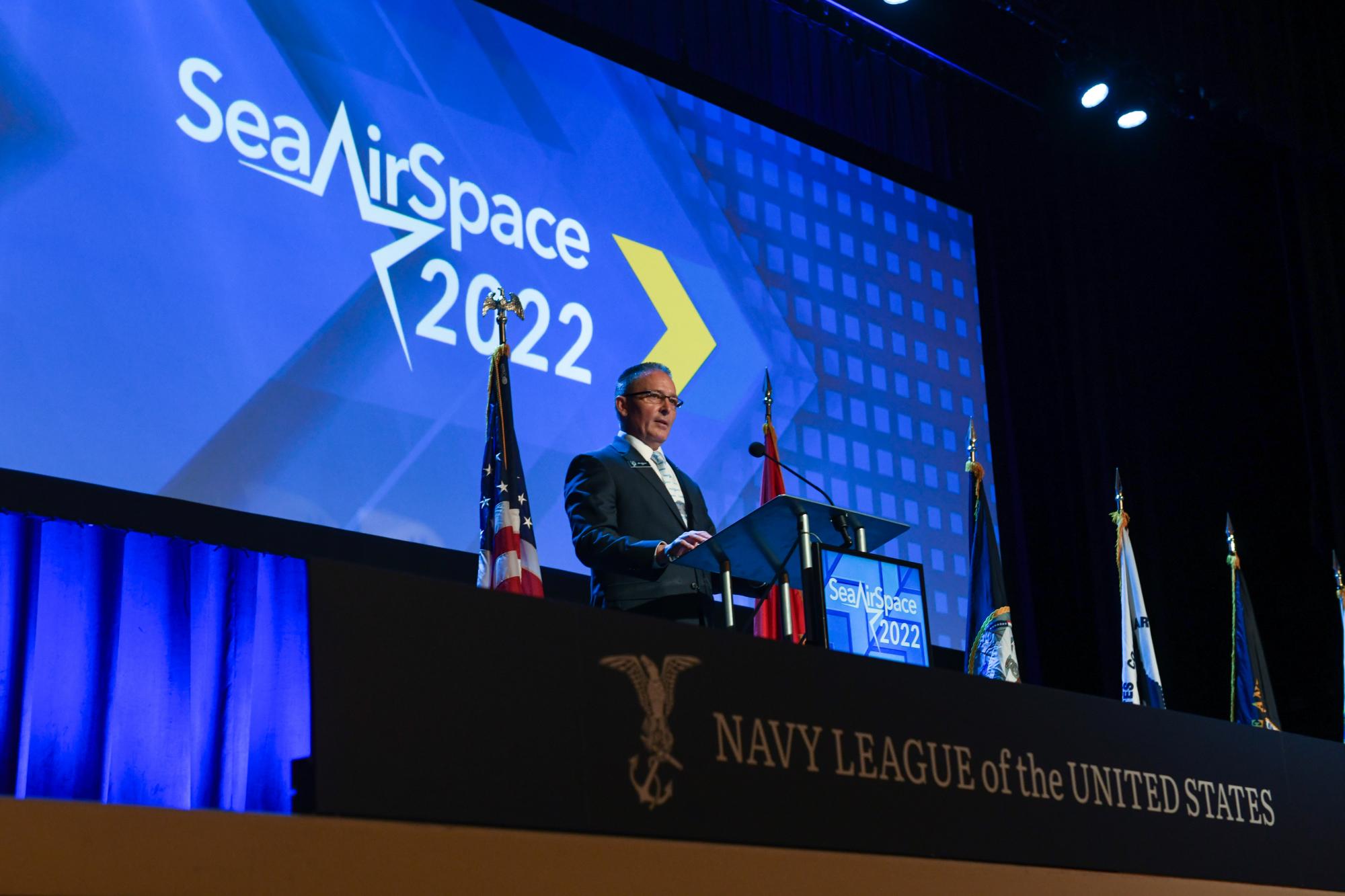The US Navy has successfully completed final production prototype shock and vibration testing for the new-generation High-Efficiency Super Capacity (HESC) Chiller System, consisting of the HESC Chiller and the HESC Variable Speed Drive (VSD), which integrates key components from Calnetix Technologies.
The HESC Chiller was developed jointly by Johnson Controls Navy Systems and Calnetix. Calnetix was responsible for the high-speed permanent magnet motor, magnetic bearings, magnetic-bearing controller and backup bearing systems for the two-stage, variable-speed compressor at the heart of the system. The HESC VSD was developed jointly by Fairlead Integrated Power and Controls and Calnetix; with Calnetix providing the variable speed power module and controls.
With the successful shock and vibration tests, the HESC Chiller/VSD are now moving into the production phase, with the first shipboard installation on the USS John P. Murtha (LPD-26) scheduled to complete December 2017. Other ship installations, such as DDG-51FLT-III, will continue production well into the next decade.
For MIL-S-901D Grade A heavy weight shock testing, the HESC Chiller was installed in a floating platform and subjected to a series of four shock impacts from high-explosive charges positioned 24-feet under the water with one blast 40-feet from the front of the floating platform and the other three blasts 30-feet, 25-feet and 20-feet from the side of the platform. The chiller was operating during three blasts and in standby mode for one blast. The backup bearing system of the compressor absorbed the shock impacts; the magnetic bearings recovered levitation as designed; and the motor performed without any issue. For MIL-STD-167-1A vibration testing, the chiller was mounted on a shaker platform and driven at varying frequencies and amplitudes in three axes while operating.
“The US Navy moving the HESC Chiller/VSD into production is an important validation of our patented magnetic bearing technology, our permanent magnet motor expertise and our power electronics technology,” said Vatche Artinian, co-founder and chief executive officer of Calnetix Technologies. “It is the culmination of over seven years of design, development and testing. Observers at the shock and vibration testing facility reported that all of the Calnetix supplied components and technology met specifications with a comfortable margin, satisfying the US Navy’s key objective of a robust design.”
The HESC Chillers are expected to reduce ship acquisition and life cycle costs by increasing cooling capacity by at least 50 percent, improving reliability by more than 50 percent, and reducing chiller fuel consumption by more than 25 percent, all while meeting the environmental objectives of reducing refrigerant leakage by 90 percent and eliminating hazardous oily waste.



